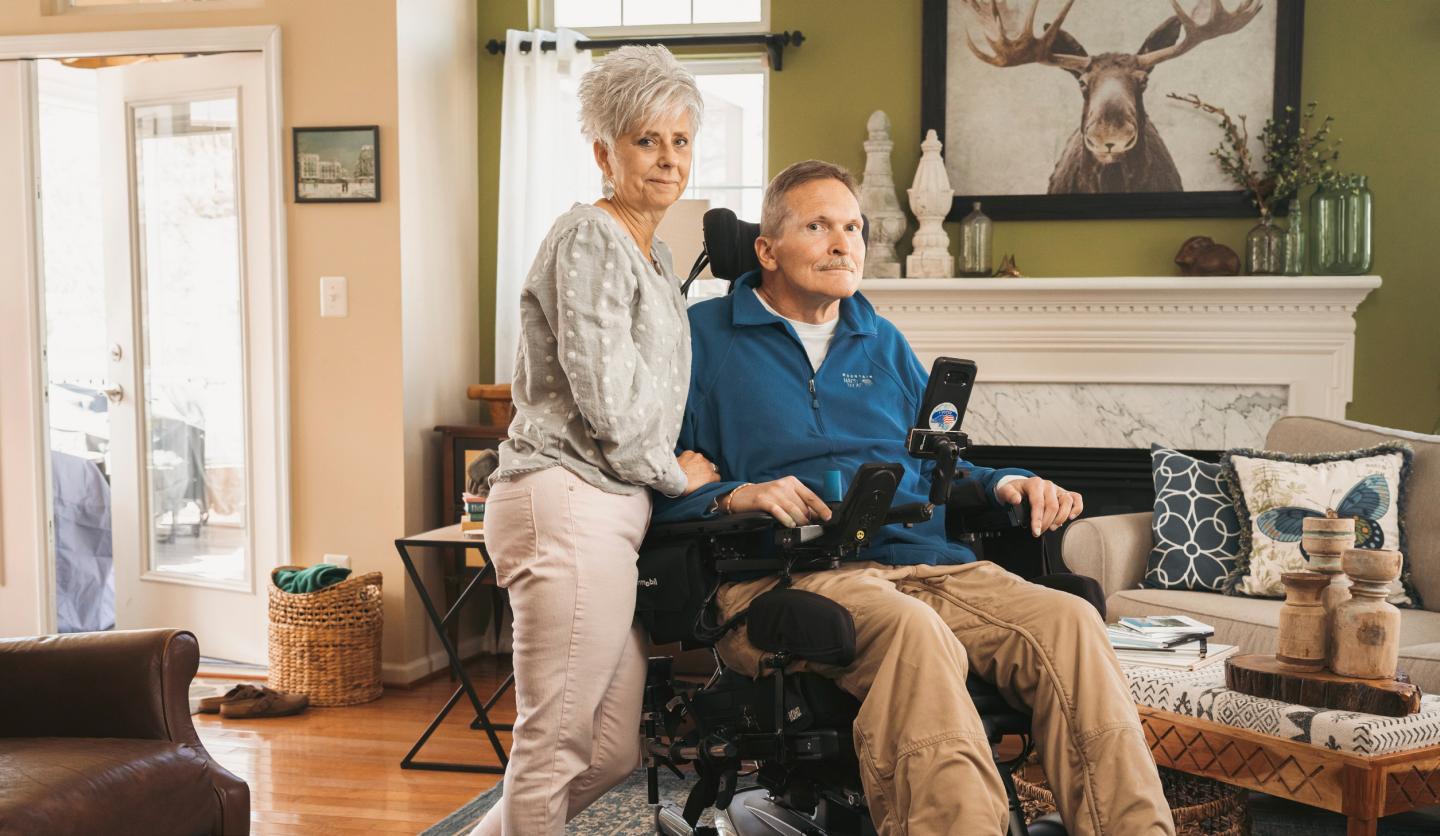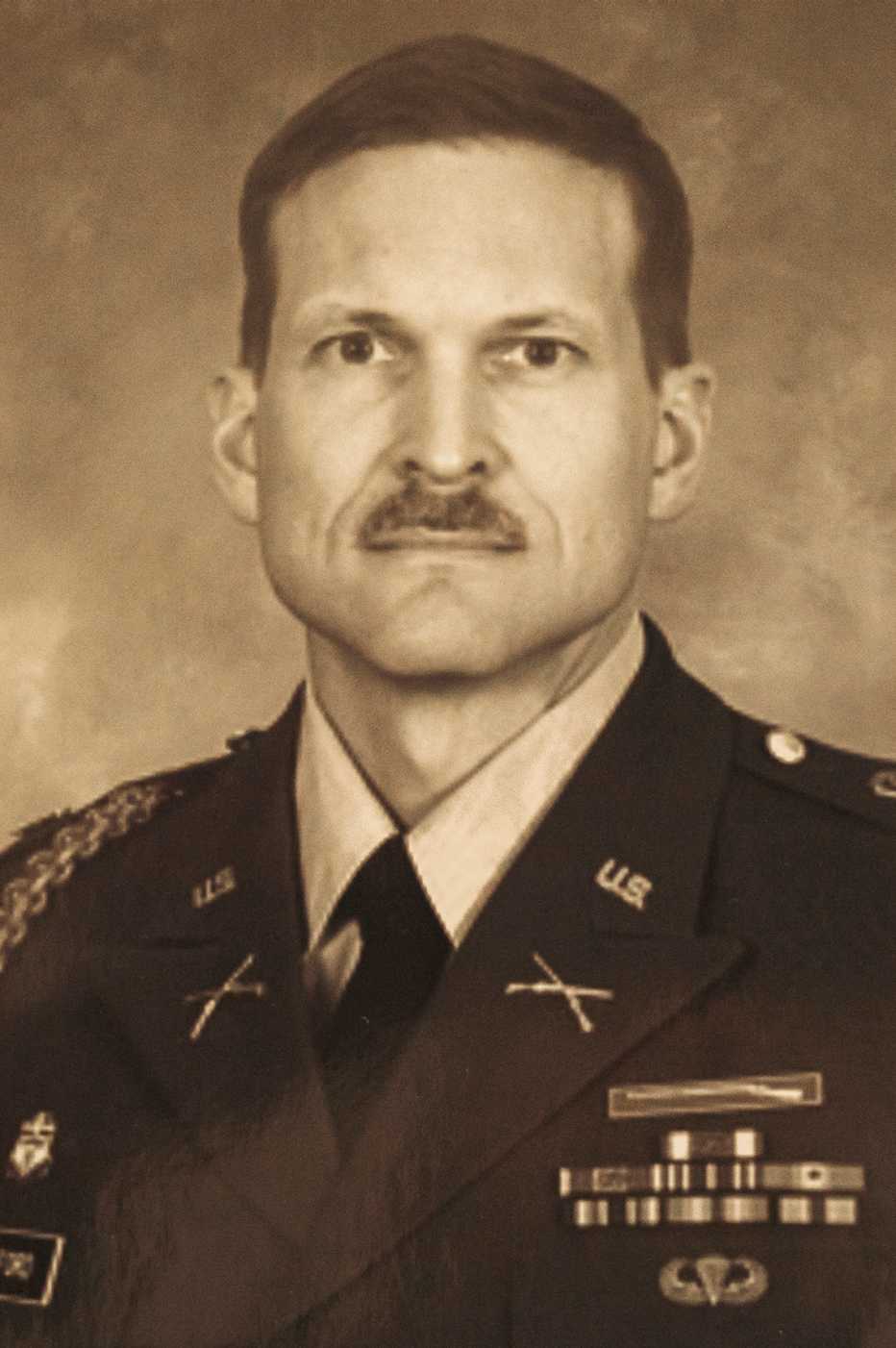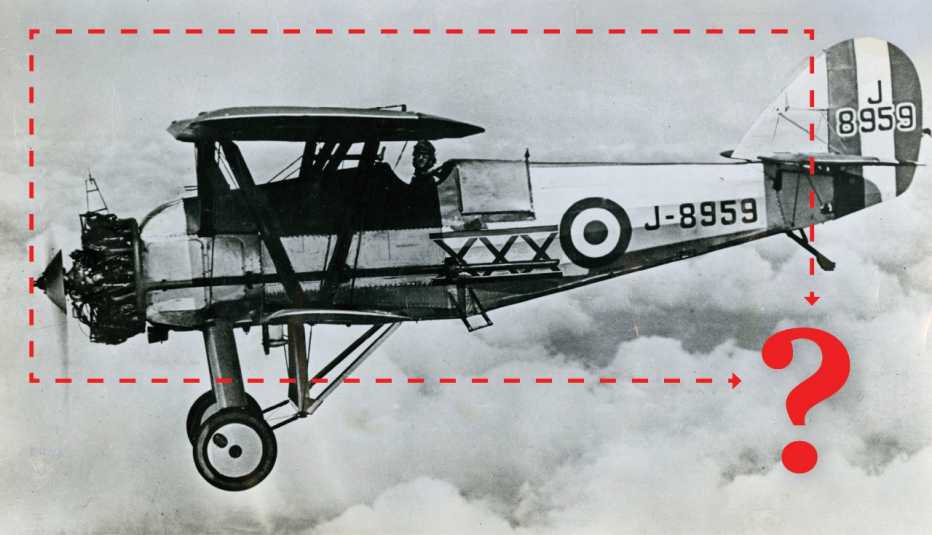AARP Hearing Center


You can subscribe here to AARP Veteran Report, a free e-newsletter published every two weeks. If you have feedback or a story idea then please contact us here.
Phil Swinford was cycling with three friends on a single-track trail in Williamsburg, Virginia, when he injured his spinal cord, changing his life irrevocably.
Ever competitive, he took the lead and raced ahead. He misjudged a turn and hit an obstacle at full speed, launching over the handlebars like a javelin and landing face first on hard ground.
It was July 18, 2015, and Swinford, a retired colonel who was about to turn 53, knew instantly he was paralyzed. His first words to the friend who rushed to help him were: “Let me die here. I don’t want to live like this.”
Fast forward six months. The fighting spirit, determination and sheer will to prevail that served Swinford so well in war kicked in. Despite doctors at the Hunter Holmes McGuire VA Medical Center in Richmond, Virginia, saying his injuries were so severe that 90 percent of people would have died, Swinford attempted the near impossible.
Now a quadriplegic who needed a ventilator to breathe, Swinford exhibited almost superhuman strength and willpower as he used a frame to get up from a seated position to stand on his own two feet without assistance for the first time since the accident.
Watching him from a wheelchair next to Swinford’s wife Pam was an elderly Vietnam-era Marine veteran who had lost mobility due to a spinal cord condition and was struggling to learn to walk again.
After witnessing Swinford’s “sit to stand,” the Marine turned to Pam and said, “If this guy can do that, then I can do this.” With that, the Marine got up and walked falteringly across the room.
“Phil has this effect on people,” Pam recalled to AARP Veteran Report. “I have never known anyone more stubborn and more determined in my life. He inspires people.”
Seven years on, Swinford’s remarkable recovery has continued — testament not only to his own character and grit but also to the 28-year military career, filled with danger, that prepared him for his greatest challenge. He has movement in his fingers, hands and arms and uses an electric wheelchair to get around.







































































